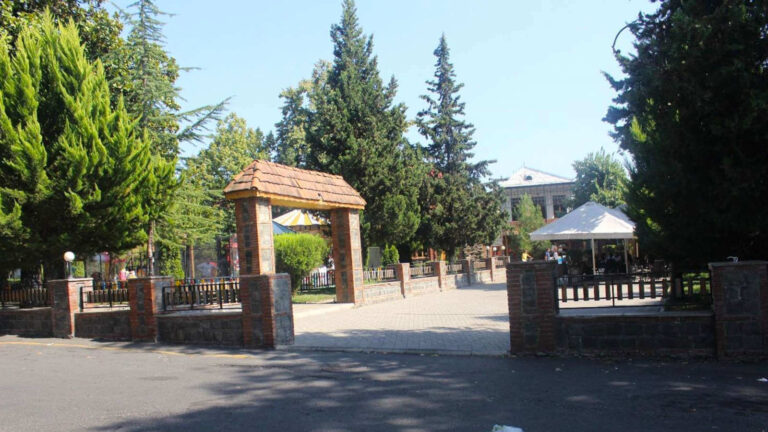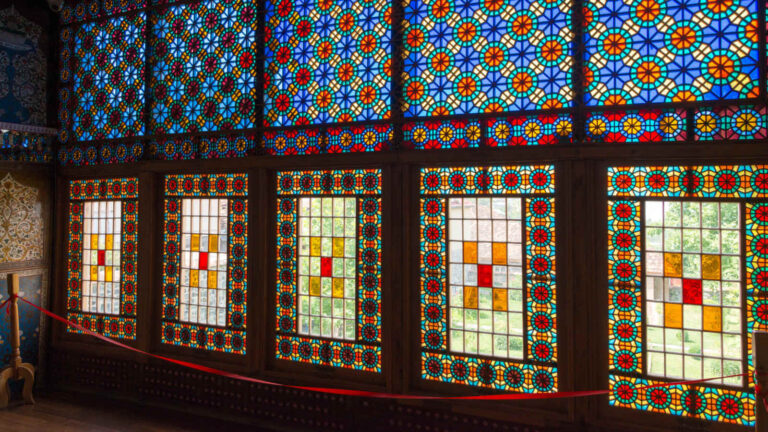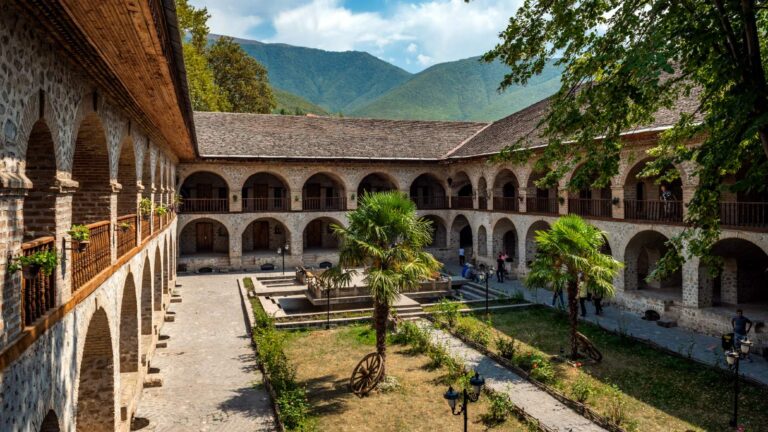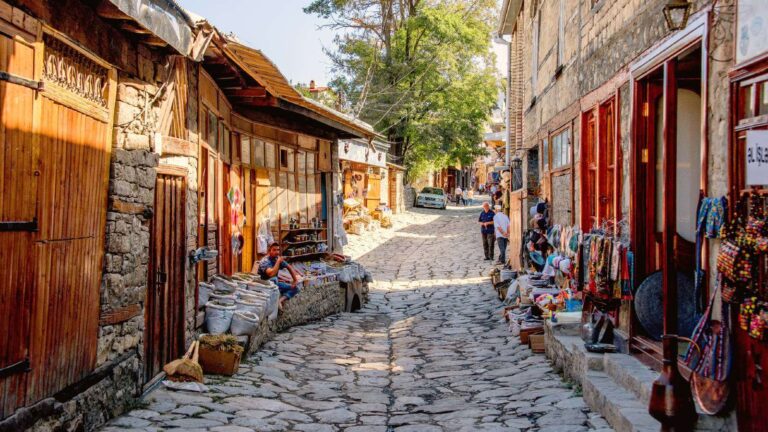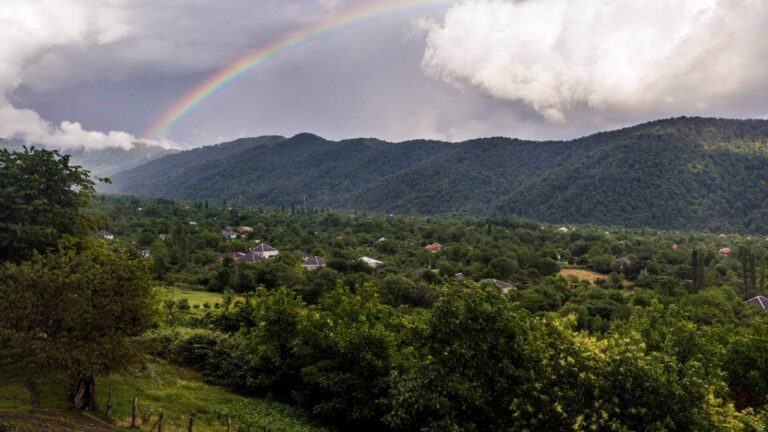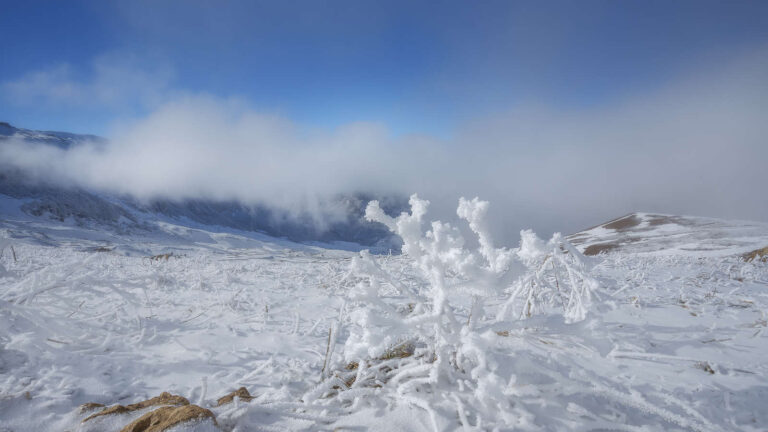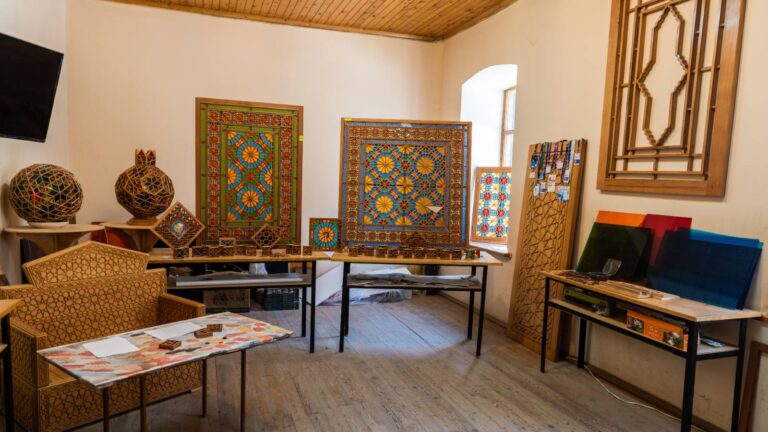Getting There
It is possible to catch taxis or buses “Anar Hemidov”, “Car”, “Akhakhdere” or “Galaduzu” (these are the names written on the buses, there are no numbers) at the Central Bus Station in Zagatala, get off at the bus stop near the Central Post Office, and it is about a 3-minute walk to the museum from there.
The shortest way by car from the Central Bus Station in Zagatala is to drive towards the Flag Square, where it is needed to turn right in the direction of Sevil Qaziyeva roundabout and continue straight till the intersection. Turn left there and after a minute of drive you will see the museum on the left. Visitors can reach the Zagatala district from the capital city by buses operating at Baku Central Bus Terminal or shared taxis which can be found near the Terminal accordingly.
What to Expect
The museum includes 7 departments of manuscripts, pictures, numismatics, archeology, applied arts, documents and household items made by craftsmen in different periods. These items are pottery, household and agricultural tools made of wood and other materials, textiles, metal ornaments, clothing from different periods, weapons, and gifts.
Some of the books in the manuscripts department were displayed at exhibitions opened in Berlin, Dresden, Frankfurt, Leipzig during the “Year of Azerbaijan” culture days held in Germany in 2008-2009.
There are 10,394 exhibits in the main collection of the Zagatala Museum of History and Local History. Unfortunately, not all of them can be displayed in the exhibition hall due to the small area.
History
Zagatala Museum of History and Local History was established in 1967. It is one of the first museums established among the regions of Azerbaijan. The building is small and old, and hasn’t been renovated in recent years.
The oldest exhibits in the museum in terms of history are jugs and three-legged vases belonging to the Yaloylu hill culture of the III-I centuries BC. This archaeological culture, from the 3rd to 1st centuries BC, is named after Yaloylutepe, near the village of Nij, Gabala region.
Facilities Available
- Restaurants
- Shops
- Buses
- Taxis


